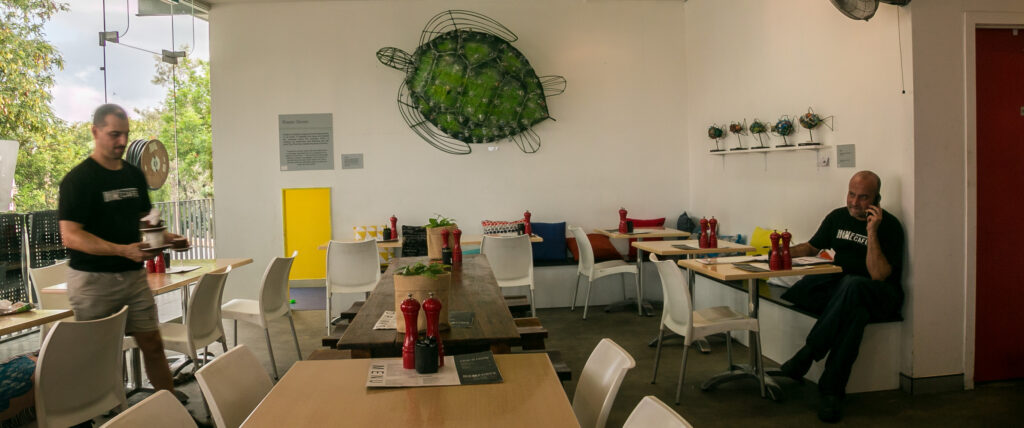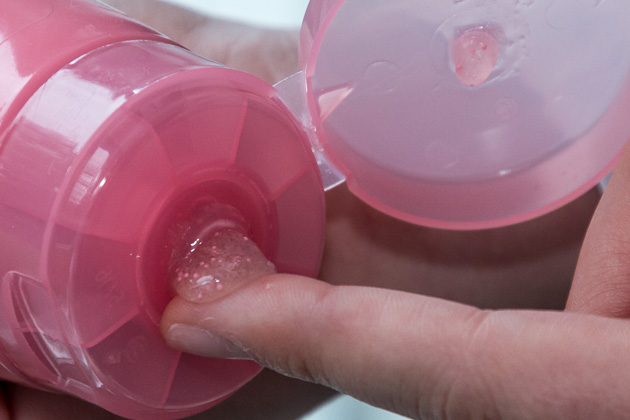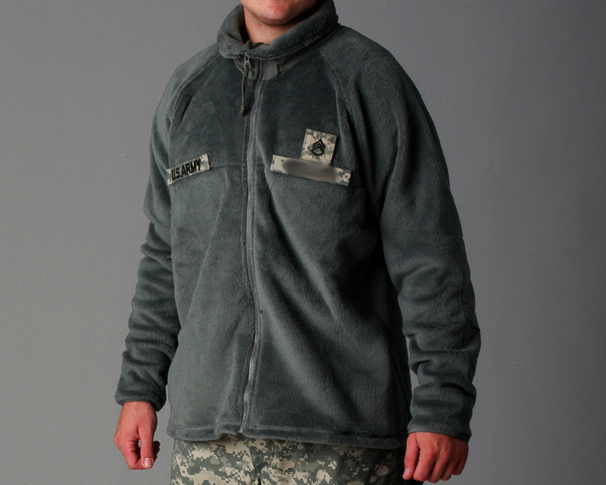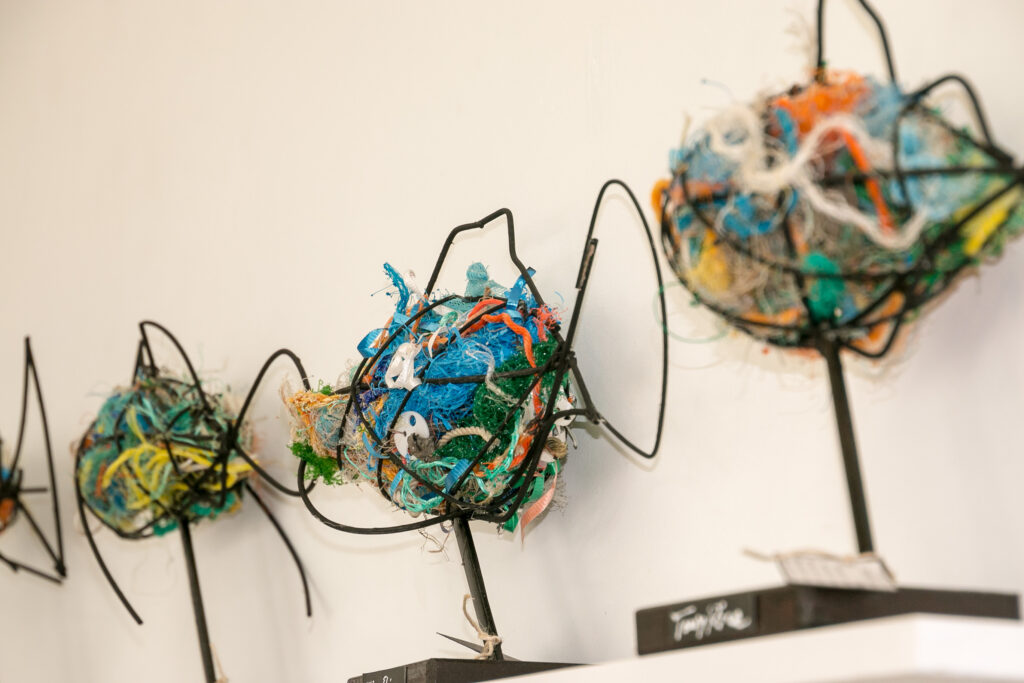I’m savouring a coffee at a nearby cafe, feeling virtuous after a pre-dawn yoga class, with a giant plastic turtle looming over me.
It’s not as creepy as it sounds.
The artwork hangs on the wall, a strangely beautiful reminder of the man-made waste suffocating our marine life.

Artist Tony Rice collects the man-made jetsam polluting our waterways and transforms it into art with punch.
I wanted to create works that had within them a message regarding this as a pollutant of our watery environment. – Tony Rice
While Tony’s art draws on the visible plastics, the big stuff we can see and pick up if we’re inclined, it turns out there’s something more sinister lurking in the deep.
Check your lotions and potions
Microbeads, those tiny specks of grit in some lotions, soaps and toothpastes designed to slough away dry skin and stubborn plaque, are also causing trouble.
Those grains are more than just chunky pieces of soap. They’re plastic. And the amount of plastic in some products is staggering.

A typical exfoliating shower gel can contain roughly as much microplastic as the packaging it comes in, according to a United Nations report, and environmental groups have been calling for a ban on the micro-nasties because of their impact on the marine ecosystem.
All those products washed down the sink don’t break down in wastewater treatment systems.
Instead, the tiny plastic balls find their way to the seabed, where they’re gobbled up by worms, which are gobbled up by fish, which are gobbled up by – well, you know.
It’s the food chain in all its glory.
And it means you’re getting more than you bargained for with your Sunday afternoon surf’n’turf.
Bans on the production and sale of many products containing plastic microbeads have been introduced in some countries, including France, Canada, Taiwan, New Zealand, Sweden, Great Britain and the United States. Others have said they’ll follow suit.
The Australian government preferred a more softly-softly approach, announcing a voluntary phase out by 1 July 2018.
Local supermarket chains promised to stop using microbeads in their own products from 2017, while some multi-nationals had already started. A survey by The Department of the Environment and Energy concluded good progress has been made.
This is all great news, except the problem is not confined to the bathroom vanity.
More closet nasties
On a rare night when I managed to gain agency over the TV remote control, saving us all from another brain-sapping reality cooking show, I found a science program looking at plastics in our oceans (a sure-fire way to clear the living room incidentally).
While more than 85 percent of plastic in the environment is microplastic, most of it comes from fibres, not the beads in our exfoliants.
Ecologist Dr Mark Browne has examined shorelines on six continents and in each case, fibres were the dominant microplastic.
Turns out it’s the synthetic clothing we wear, breaking down when it’s washed, making its way into the ecosystem.
Around two-thirds of the clothes we buy are made of synthetic fibres.

The so-called eco-fleece sheds almost 2,000 plastic fibres each wash, the researchers say.
“It’s well established that toxic chemicals can transfer from contaminated fish to humans with serious side effects. With all the billions of people wearing plastic clothes, suddenly the problem appears a lot more diabolical than microbeads.” – Dr Mark Browne
A simple filter added to washing machines to stop toxic fibres from reaching our seafood is one suggested solution.
Browne also calls for a closer consideration of the industrial chemicals added to our clothes and other plastics.
The not-so-sweet irony in this? Synthetic fleeces are generally made from recycled plastic bottles.
Follow up:
- For more of the science behind microplastics, you can watch the Catalyst program here.
- Microbeads appear in a product’s ingredients list, usually labelled polyethylene, HDPE (high-density polyethylene) or PEHD.
- If, like me, your failing eyesight makes reading the fine print on your cosmetics a chore, you can download this app for your smartphone to scan a product’s bar code.


